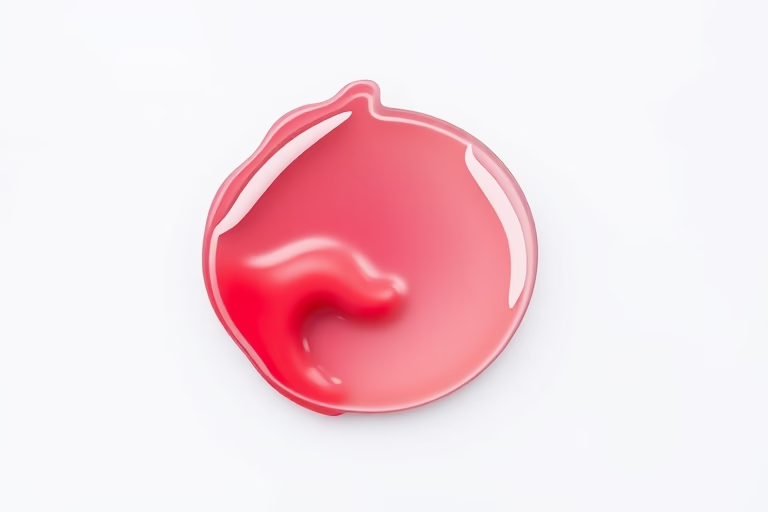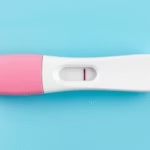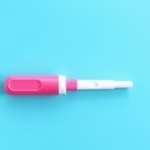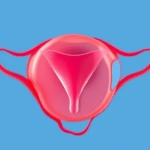We will be talking about ovulation bleeding versus implantation bleeding. Both of these terms are significant in understanding women’s reproductive health. Ovulation bleeding refers to light spotting that can occur mid-cycle, signaling the release of an egg from the ovaries. This typically happens about two weeks before a woman’s period. On the other hand, implantation bleeding occurs when a fertilized egg attaches itself to the uterine lining, which can happen about six to twelve days after conception. While both involve light bleeding, they occur at different times in a woman’s cycle and have unique causes and implications. Understanding the differences between ovulation bleeding and implantation bleeding can help clarify fertility signs and early pregnancy indicators.
Understanding Ovulation Bleeding
Ovulation bleeding is a light spotting that happens around the middle of a woman’s menstrual cycle, usually between days 10 and 20. This bleeding can be caused by hormonal fluctuations that occur during ovulation. When an egg is released from the ovary, some women may experience a slight shift in their estrogen levels, which can lead to minor bleeding. This is often accompanied by other symptoms such as changes in cervical mucus, increased libido, and mild cramping. It is essential for women to track their cycles and any symptoms, as this can provide insight into their fertility and overall menstrual health. Ovulation bleeding is typically light in color, ranging from pink to brown and is generally not heavy enough to require a pad or tampon.
Identifying Implantation Bleeding
Implantation bleeding occurs when a fertilized egg attaches itself to the uterus, marking an early sign of pregnancy. This event takes place about 6 to 12 days after conception. While not all women experience implantation bleeding, many describe it as a light pink or brown discharge, differing from their typical menstrual flow. This spotting is usually much lighter than a regular period and lasts a few hours to a couple of days. Unlike ovulation bleeding, implantation bleeding does not typically come with any major discomforts, although some women might feel mild cramping. Recognizing this can be critical for women trying to conceive, as it can serve as an early sign of pregnancy.
The Timing Differences
The timing of ovulation bleeding and implantation bleeding is a key factor that distinguishes them. Ovulation bleeding occurs approximately two weeks before a woman’s next menstrual period, while implantation bleeding happens around a week after conception. This time difference creates a specific window where women can observe these two distinct types of bleeding. Understanding this timing can help women better interpret their menstrual cycles and recognize what is happening in their bodies.
Causes of Ovulation Bleeding
Ovulation bleeding is primarily caused by hormonal changes that occur during the menstrual cycle. When estrogen levels rise just before ovulation, some women may experience light spotting. Various factors can influence this bleeding, such as stress, changes in weight, or hormonal therapies. Recognizing the causes of ovulation bleeding helps women distinguish between this and other potential causes of spotting, such as infections or hormonal imbalances.
Causes of Implantation Bleeding
Implantation bleeding is specifically caused by the implantation of the fertilized egg into the uterine lining. As the fertilized egg burrows into the uterine wall, it can cause slight tearing of the very small blood vessels, leading to light bleeding. Understanding that this bleeding is tied to the pregnancy process is essential for women who are trying to conceive. This knowledge can not only provide excitement but may also assist them in making appointments for early pregnancy confirmation.
Common Symptoms Accompanying Ovulation Bleeding
Symptoms accompanying ovulation bleeding can vary from woman to woman. In addition to light spotting, women may notice changes in cervical mucus, which typically becomes thicker and more elastic during ovulation. Increased libido is another common symptom, as the body is naturally programmed for reproduction during this time. Some women may also experience mild cramps or breast tenderness during this phase, signaling that ovulation is occurring. Recognizing these symptoms can help in understanding one’s fertility cycle better.
Common Symptoms Accompanying Implantation Bleeding
The symptoms related to implantation bleeding can differ from those associated with ovulation bleeding. While some may experience light spotting, other common symptoms include missed periods, nausea, breast tenderness, and fatigue. Mood swings and heightened sense of smell are also reported in many early pregnancies. Understanding these symptoms is beneficial for women as they can interpret their bodies and make informed decisions regarding their reproductive health.
How to Track Your Cycle
Tracking your menstrual cycle is essential for identifying ovulation and potential pregnancy. This can be done by noting the start and end dates of each cycle, observing symptoms, and monitoring changes in cervical mucus and basal body temperature. Various apps and calendar methods can aid in this process. Consistent tracking promotes awareness of one’s body, which in turn helps to distinguish between normal menstrual symptoms and signs of pregnancy or other underlying conditions.
When to Consult a Healthcare Provider
While occasional ovulation bleeding or light spotting during implantation is typically not a cause for concern, more significant bleeding may warrant consultation with a healthcare provider. If bleeding persists or is accompanied by severe pain, it may indicate underlying health issues such as fibroids, endometriosis, or other reproductive health disorders. Understanding when to seek medical advice is critical to ensuring overall health and well-being.
Conclusion
In summary, ovulation bleeding and implantation bleeding, while both involving light spotting, occur at different times in a woman’s cycle and have distinct causes. Ovulation bleeding happens mid-cycle due to hormonal changes, while implantation bleeding occurs shortly after conception. Understanding these differences is vital for women as they navigate their menstrual and reproductive health. Recognizing the timing, accompanied symptoms, and tracking cycles can significantly inform women about their fertility and potential pregnancy. When in doubt, consulting a healthcare provider can offer additional insight to clarify any abnormalities.
Frequently Asked Questions
1. What is the primary distinction between ovulation bleeding and implantation bleeding?
The primary distinction lies in their timing and causes. Ovulation bleeding occurs around 14 days before your period due to hormonal changes, whereas implantation bleeding occurs 6 to 12 days after conception when a fertilized egg attaches to the uterine lining.
2. How can I tell if I am experiencing ovulation bleeding?
Ovulation bleeding is often very light, typically pink or brown in color, and lasts for a few hours to a couple of days. It may also be accompanied by changes in cervical mucus and mild cramping.
3. Is implantation bleeding a sure sign of pregnancy?
While implantation bleeding can be an early sign of pregnancy, it does not occur for every woman and should not be solely relied upon for confirmation. Missing a period and taking a home pregnancy test is more definitive.
4. What should I do if I experience unusual bleeding?
If you experience unusual bleeding that lasts longer than expected or is accompanied by severe pain, consult a healthcare provider for a thorough examination to rule out any potential reproductive health issues.
5. Can stress affect ovulation bleeding?
Yes, stress can impact hormonal changes in your body, possibly leading to irregularities in your menstrual cycle, including ovulation bleeding. It is essential to manage stress for overall health.
Further Reading
What Type of Psychotherapy Is Best for Anxiety?







